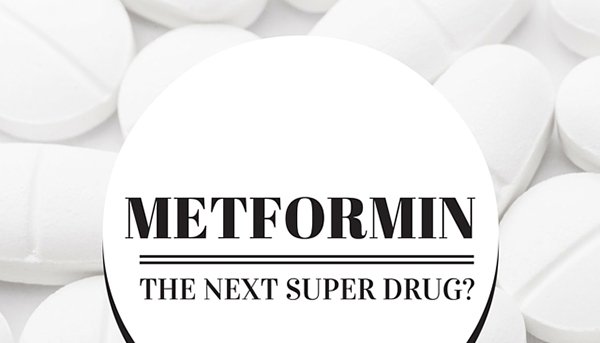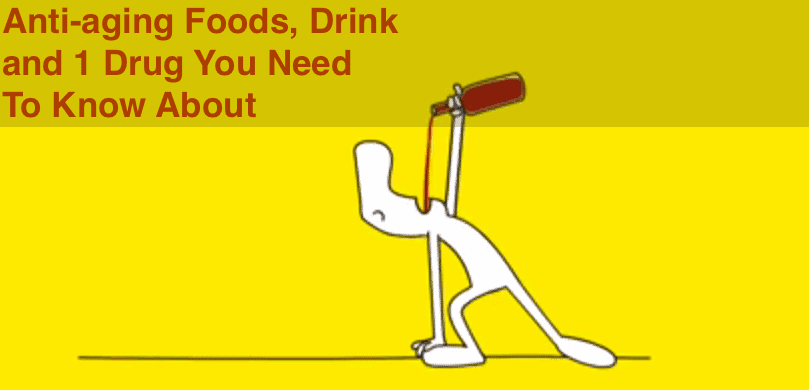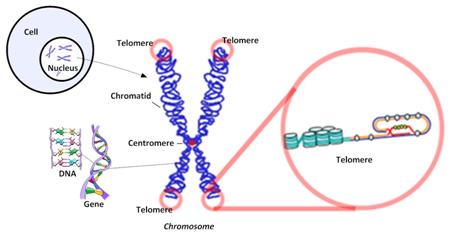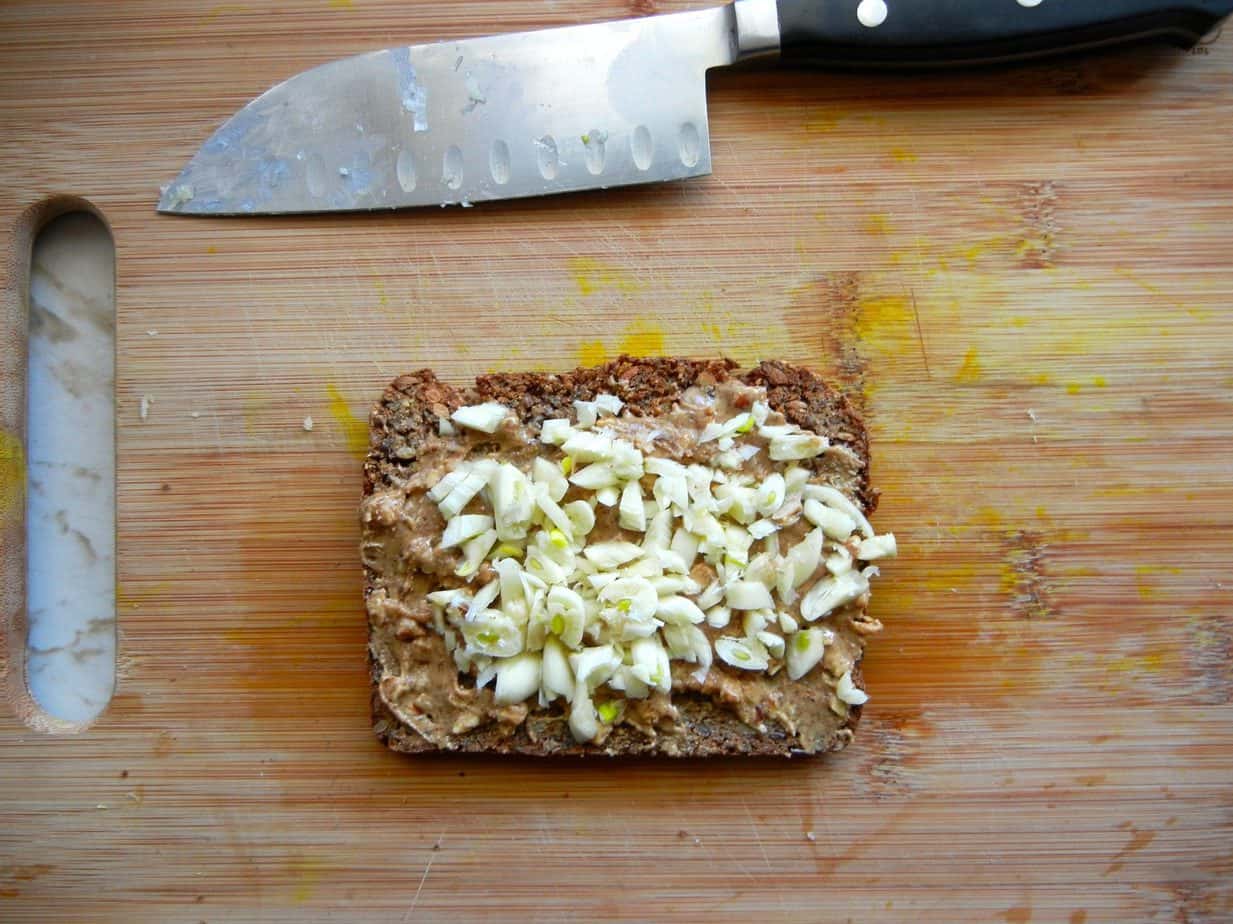Anti-aging Foods, Drink and 1 Drug You Need To Know About
There are many anti-aging foods and drink. How about just focusing on a few? Here are four foods and two drinks that you can easily add to your diet. One drug too. Not to mention, a simple test to figure out what your waist girth and height can tell you about your health and longevity.
DANCING AROUND the Interwebs does invigorate the mind once in awhile, and so it was for me when I recently nuzzled up to Labroots and took the site for a swirl.
Labroots.com refers to itself as a scientific social networking website that “enables scientists, researchers and medical experts from around the world to build relationships with new-found peers, increase their influence within the scientific community, share their expertise and learn from one another.”
For me it’s a candy store.
There’s so much good stuff to taste at Labroots. One thing that caught my eye is their infographic, the Truth Behind Anti-aging Philosophies. Though it’s far from comprehensive (no infographic on aging could be), I like how it focuses in on a few worthy contenders in the anti-aging game, namely:
- The immune system
- Telomeres
- Body composition
- Stem cells
- Diet, and
- A drug called metformin
Take a look at the inforgraphic and then scroll down for more about all this, including a video by Dr. Michael Greger and how to calculate your WHtR (get a tape measure).
Of course, there’s a lot more to consider when examining the various theories of aging, including:
|
|
The infographic asks if it’s possible to reverse the aging process and extend lifespan?
We don’t really know, definitively, but there’s lots of things that point to that possibility. Research from different scientific disciplines such as genetics, immunology, cell biology, diabetes research and microbiology is raising hopes for an increase in life expectancy.
To flesh out the topics presented in the infographic, I’ll share with you some more tidbits about the areas it covered. There are some, like stem cells, that most of us can’t access at the moment, but there are others — such as anti-aging foods and a trimmer belly — that we can do something about straight away!
Dracula’s Immune System
Like a lot of biological systems tend to do, our immune system wears down as we age, resulting in a compromised capacity to effectively target and resist the broad range and diversity of disease pathogens it once effectively resisted.
As Dr. Nan-ping Weng puts it:
“The competency of the adaptive immune function decreases with age, primarily because of the decline in production of naïve lymphocytes in the bone marrow and thymus as well as the expansion of incompetent memory lymphocytes.” (1)
Translation: With age comes a reduction in the number of white blood cells (lymphocytes) that include cells (NK, T and B cells) that kill pathogens and tumors.
Scientific American just published an article about a mouse study that showed that the blood from young mice could rejuvenate old mice.
“Rejuvenate what,” you might ask.
Answer: Cognitive and neurological impairments. The infusions of blood from young mice reversed cognitive and neurological impairments seen in old mice.
The article quotes lead researcher, neuroscientist Dr. Tony Wyss-Coray to say:
“This suggests there are factors [or components] in the blood of young organisms, including humans, that can rejuvenate an old brain and make it work more like a younger one. It brings us a bit closer [to humans] because it shows human blood has the same factors.” (2)
Suddenly, those Dracula movies seem a bit more interesting.
Unless you’ve got something special going on, you can’t run to the doctor’s office and get pumped up with some young human blood, but some day it might happen. Stay on the lookout for future developments on this bloody topic.
Telomere Length Signals Lifespan
Telomeres cap the end of our chromosomes which house our DNA. Their job is to stop any unwanted loss of our vital genetic code. As cells divide, the telomeres get shorter and shorter. Measuring their length is a way of assessing cellular aging.
People who were or had been depressed have much shorter telomeres than those who had never experienced depression. This difference was apparent even after lifestyle differences, such as heavy drinking and smoking, were taken into account.
Furthermore, the most severely and chronically depressed patients have the shortest telomeres.
Dr. Elizabeth Blackburn won a Nobel Prize for her research demonstrating that chronic stress shortens life. You may read more about her research here. And if you’re battling depression, read How Depression and Stress Makes Us Age Faster, where there’s links to helpful articles.
Body Composition via the WHtR Test
 Body composition is not just how much you weigh, but the portion of that weight represented by body fat and muscle. Although from an esthetic perspective, a man’s body fat percentage of 10% (woman’s 15%) may be more desirable than 2o/30%, respectively, those higher numbers don’t necessarily indicate poor health or premature death.
Body composition is not just how much you weigh, but the portion of that weight represented by body fat and muscle. Although from an esthetic perspective, a man’s body fat percentage of 10% (woman’s 15%) may be more desirable than 2o/30%, respectively, those higher numbers don’t necessarily indicate poor health or premature death.
But if your waistline is bigger than your hips by a certain amount, it could mean that you’ll age faster, because the fat stored in the belly, liver and/or muscles is real threat to the health of telomeres:
“Individuals with higher total and abdominal adiposity have lower telomere length, a marker of cellular senescence, suggesting obesity may hasten the aging process.” (3)
Read my article about cellular senescence
According to the National Heart Lung and Blood Institute, excess abdominal fat is an important, independent risk factor for disease. The evaluation of waist circumference to assess the risks associated with obesity or overweight is supported by research. In fact, studies have shown that waist to height ratio (WHtR) is a strong predictor of cardiovascular risk and mortality.
Your waist to height ratio is calculated by dividing waist size by height. If your waist measurement is less than half your height, you’re likely not at risk for obesity-related disease.
The following chart gathered from PennState PRO Wellness helps you determine if your WHtR falls in a healthy weight range:
I just pulled out a tape measure, wrapped it around my waist (just under the navel) and saw that plump number, 36 inches. Divided my height of 75.5 inches by 36 to get a WHtR of 0.476, or 48%, which puts me in the “healthy weight” category for males.
Whew!
Read my article, 22 Belly Fat Tips from Three Experts
Stem cells, a regenerating potential
Regenerative medicine is the branch of medicine that develops methods to regrow, repair or replace damaged or diseased cells, organs or tissues. This includes the generation and use of therapeutic stem cells, tissue engineering and the production of artificial organs.
As reported at WorldHealth.net, scientists have harvested mouse embryos for lab research in the quest to discover the genetic switches that tell the embryonic cells what tissue to develop as the embryo grows into a fetus. These genetic switches are giving scientists insight into early stage diseases, because stem cells have the ability to re-grow body tissue damaged from heart failure or diabetes.
Stem cells that come from embryos are considered pluripotent because they can turn into any cell type. Induced pluripotent stem cells are taken from the skin or blood and modified genetically to mimic an embryonic stem cell. Because such cells are pluripotent, they can turn into any adult cell type.
New research is concentrating on a cell type called a zygote, which is created immediately after sperm and egg merge, but it has become a difficult task to analyze due to the limits of the current technology. The new study has revealed a mechanism that regulates cell totipotency, or ability to divide and create new cell types.
What does this mean for you?
Well, you can’t skip down to your local Walgreens and order up a few million stem cells, quaff them down and then regenerate all the old stuff into new stuff.
But you can keep in touch with stem cell research and therapies. Resources to delve deeper into stem cells include Stem Cell Facts and Patient Handbook on Stem Cell Therapies. If you’d like to possibly participate in a clinical trial, check out NIH Clinical Research Trials.
Anti-aging Foods, Drink and 1 Drug
Before I touch on the food and drink covered in the above infographic, know this:
The tried and true way to increase longevity is to consume no food or drink!
Yes, I exaggerate; the factual way to put it is to say that caloric restriction has been proven in animal studies, including those of Rhesus monkeys that are a 97.5% genetic match to us. (4)
Fortunately, you can garner much of the benefit so what amounts to a 30% caloric restriction in the animal studies by doing intermittent fasting, which amounts to:
- Eating during a specific window of time every 24 hours, or
- Eating very little a day or two per week, or
- Eating very little a week per month.
The rest of the time you eat the way your normally do.
I have a lot more to say about Intermittent Fasting because it’s an amazing leg up for improved lifespan and health. If interested, check out these two articles I’ve written on the topic:
- How Intermittent Fasting Ignites Cellular Autophagy and A Longer, Healthier Life
- Why Intermittent Fasting Is Your Ticket To A Long and Healthy Life
Now let’s check on coffee (and tea), chocolate, nuts, garlic, avocados, wine and metformin.
Coffee’s OK, but tea is better
Caffeine protects against age-related inflammation process linked to serious health issues such as heart disease many types of cancers dementia and depression.
But is coffee the best beverage to swig down the whole day?
I know you know it isn’t… you’re probably thinking, “Macha tea is the best”, yes?
Actually, it’s Hibiscus Tea!
Take a look at the studies presented to you by the incomparable nutritionist, Dr. Michael Greger, and how he prepares his hibiscus tea:
Lovely bittersweet chocolate
Bittersweet chocolate helps protect the skin against the harmful effects of UV exposure, has a high 
antioxidant capacity, and can increase circulation in the skin improve its ability to retain moisture. Make sure you use 80% + cacao.
One of my first articles on this site, some 575 articles ago, is entitled Make Love with Bittersweet Chocolate. As you can imagine given the title, the article’s focus is on how bittersweet chocolate can induce arousal. It does this dopamine levels in the brain. Dopamine is a neurochemical, a natural stimulant, that can make you feel ecstatic, focused, motivated, and, incidentally, cause arousal.
So, the next time you have that special someone over for chow, make the desert bittersweet chocolate — and make sure it’s contains at least 72% cocoa solids. (5)
Get nuts about nuts
Nut are a good source of unsaturated fats and omega-3 fatty acids for heart health. They’re also a good source of vitamins and minerals, including potassium, which helps lower blood pressure; vitamin E, which helps prevent cell damage; and calcium to maintain strong bones.
That said, not all nuts are equal.
According to AuthorityNutrition.com, the nine healthiest nuts are:
- Almonds (Although unconfirmed, may help reduce risk factors for heart disease and diabetes)
- Pistachios (More than 28 grams per day may reduce risk factors for heart disease)
- Walnuts (Good source of omega-3 fat Alpha-linolenic acid)
- Cashews (May improve symptoms of metabolic syndrome)
- Pecans (May may help lower LDL cholesterol)
- Macadema nuts (May reduce risk factors for heart disease)
- Brazil nuts (get all the selenium you need from two of these per day)
- Hazelnuts (may help reduce risk factors for heart disease)
- Peanuts (technically, a legume, not a nut)
Despite the maybe this and maybe that claims made about such and such nuts, don’t go shoveling nuts down the gullet like their popcorn. Despite the fiber, nutrition and healthy fats in many nut varieties none are a health panacea, but all are high in fat and thus are calorically dense.
If you gobble down a couple handfuls of nuts, consider that your meal.
Garlic, the pathogen ass-kicker
Garlic stands tall next to anti-aging foods because it can lower cholesterol and blood pressure, reducing inflammation and protecting and maintaining cell health. It’s also among the best antiviral and antibacterial foods. I recommend that you should use liberally.
As crazy as this sounds, if I ever feel some sorta flu symptoms gathering around me, I grab a slice of whole wheat seeded breaded, toast it, lather it with almond butter and then embed about four cloves of raw chopped garlic and munch away.
Yes, that’s an actual picture of my garlic-infested almond butter delight. It kicks the ass of any pathogens lurking about trying to do me harm.
Avocados have the fat we want
Avocados are a source of vitamin E and potassium, as well as monounsaturated fats and antioxidants. They contribute to improving health in several ways: 
- Oleic acid helps reduce LDL cholesterol; improves HDL cholesterol
- Folates lowers blood pressure, protects against blood clots and is linked to heart attack prevention
- Improves skin health
Make the wine red
You might have heard that red wine is good for you because of it contains resveratrol. Much press was devoted to resveratrol due to some preliminary studies indicating that its naturally occurring polyphenols (a plant chemical) may extend lifespan. At this point, however, the consenses appears to be that more clinical trials are needed before resveratoral is designated the elixir of life. (6)
That said, red wine does contain antioxidants and nutrients to help prevent heart disease by protecting the arteries and the lining of blood vessels. Generally speaking, alcohol in moderation helps to keep blood clots from forming increases good cholesterol and lower bad cholesterol.
Notice I said, “in moderation” — after about two servings of an alcoholic beverage, the ill effects of the alcohol exceed any health benefits of whatever good may be in it.
Like red wine and yoga? Well, luck you — go right here and watch a video that will tickle you.
Metformin, not just for diabetics 
People with type 2 diabetes on the pharmaceutical drug metformin live 15% longer than a group of healthy people, some studies show. (7)
Scientists speculate that metformin interferes with a normal aging process called glycation, in which glucose combines with proteins and other vital molecules and mess up their normal functions.
For a deep dive into metformin (which I recommend), read Do These 2 Anti-aging Drugs Really Work?
For more about glycation, read my article, Reduce Your Wrinkles and Age Less Through Tissue Engineering.
Your Takeaway
There’s a lot of complicated science being applied to anti-aging methodologies, but right now you need only begin with eight simple choices:
- Do the WHtR test and if your ratio is more than 52% for males or 48% for females, then take a closer look at those anti-aging foods and drinks, or even metformin, particularly if your blood sugar is high.
- Learn more about Intermittent Fasting and choose a system that you can sustain.
- Start drinking hibiscus tea throughout the day.
- Make your snacks nuts rather than chips.
- Add garlic to foods you prepare, such as salads, fish, meats.
- Substitute avocados for cheese, and consume them liberally.
- If you drink alcohol, try red wine, but limit it to two servings at a time.
- If you have high blood sugar, ask your doctor about metformin. In the meantime, read You Absolutely Need To Lower Your Blood Sugar for a bunch of tips and herbs to do just that.
Keep abreast of all this stuff and more by subscribing to my Newsletter.
Nuff said.
Last Updated on February 25, 2024 by Joe Garma










